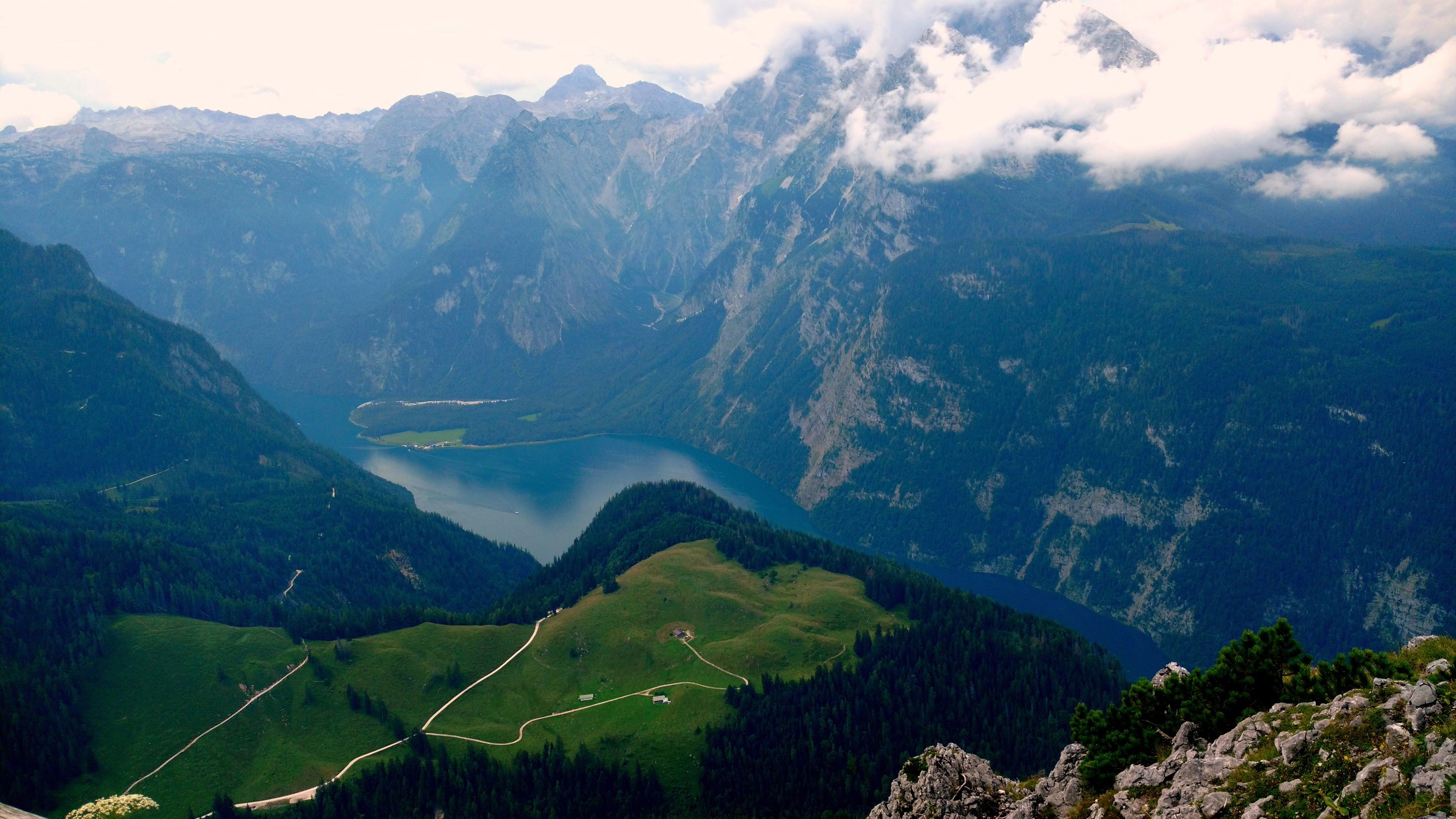 So Day 3 started with an early bus ride back to Phnom Penh. We booked Giant Ibis bus.One way ticket costs around $20. It has a couple of stopovers during the 6 hr long journey for breakfast and coffee. The journey was very comfortable and was spent chatting, napping and reading. The way to Phnom Penh is very beautiful with vast fields and open spaces. In between, I caught up on some Angkor history. The bus drops the passengers off at Central market from where it is very easy to get a ride. The city is like any other developing city with roadside cyber cafes, salons, pubs and shops. We were living at a walking distance from Central market and National museum.
So Day 3 started with an early bus ride back to Phnom Penh. We booked Giant Ibis bus.One way ticket costs around $20. It has a couple of stopovers during the 6 hr long journey for breakfast and coffee. The journey was very comfortable and was spent chatting, napping and reading. The way to Phnom Penh is very beautiful with vast fields and open spaces. In between, I caught up on some Angkor history. The bus drops the passengers off at Central market from where it is very easy to get a ride. The city is like any other developing city with roadside cyber cafes, salons, pubs and shops. We were living at a walking distance from Central market and National museum.


After this, we thought of some late afternoon lunch. Hunting around the local market and spotted a red colored cafe. It was a cute little place owned by an Italian. Some conversation told us that he had come to Cambodia for agriculture studies and as a volunteer, and eventually opened up the cafe as a place to promote live music as well as an academy.
 The tuktuk suddenly stopped at a nondescript building right in the middle of a market. This was S-21. S-21 was earlier a school which was converted into a torture center during the Khmer Rouge. This has now been converted into a museum and displays the torture tools and photos of the people who were tortured here. The photos were taken by the executioners and cover wall after wall in the museum. The expressionless photos of kids and elderly, men and women, bore into you, life pretty much sucked out of them even before they were executed. And this was just one center. Many existed back then.
The tuktuk suddenly stopped at a nondescript building right in the middle of a market. This was S-21. S-21 was earlier a school which was converted into a torture center during the Khmer Rouge. This has now been converted into a museum and displays the torture tools and photos of the people who were tortured here. The photos were taken by the executioners and cover wall after wall in the museum. The expressionless photos of kids and elderly, men and women, bore into you, life pretty much sucked out of them even before they were executed. And this was just one center. Many existed back then. Sombre, we made our way to the Killing Fields or the Cheoung Ek museum. After torturing the people they were loaded in trucks and taken away to these Killing Fields to be executed. The journey is a longer one as Cheoung Ek field is on the outskirts. The tuktuk trudges along a dirt track, and suddenly the museum looms ahead. Its a lonely, eerie place and I could unmistakably feel the horrors that took place here.
Sombre, we made our way to the Killing Fields or the Cheoung Ek museum. After torturing the people they were loaded in trucks and taken away to these Killing Fields to be executed. The journey is a longer one as Cheoung Ek field is on the outskirts. The tuktuk trudges along a dirt track, and suddenly the museum looms ahead. Its a lonely, eerie place and I could unmistakably feel the horrors that took place here.


The place has a haunting effect as it is so very quiet out here – quiet out of respect and quiet as it is so far out from the city. Such fields were largely set up outside the main cities literally so that the cries of the victims could not be heard anywhere. It is a very heartbreaking experience, but one that is important to know to understand why Cambodia is in the state it is today.

After a few hours, it was time to head back and say goodbye to this amazingly beautiful country with a rich history, stunning architecture, kind people and a poignancy which made me truly fall in love with it. I am taking back truckloads of memories to last a lifetime.
Cheers to Cambodia!

More from my trip:
Cambodia diaries: Race to Siem Reap
Cambodia diaries: Temple Run in Angkor Thom
Cambodia diaries: Ta Prohm
Cambodia diaries: Pub Street
Cambodia diaries: Sunrise at Angkor Wat
Cambodia diaries: Banteay Srei and Landmine Museum
Cambodia diaries: Floating Village
Cambodia diaries: Expenses and itinerary

